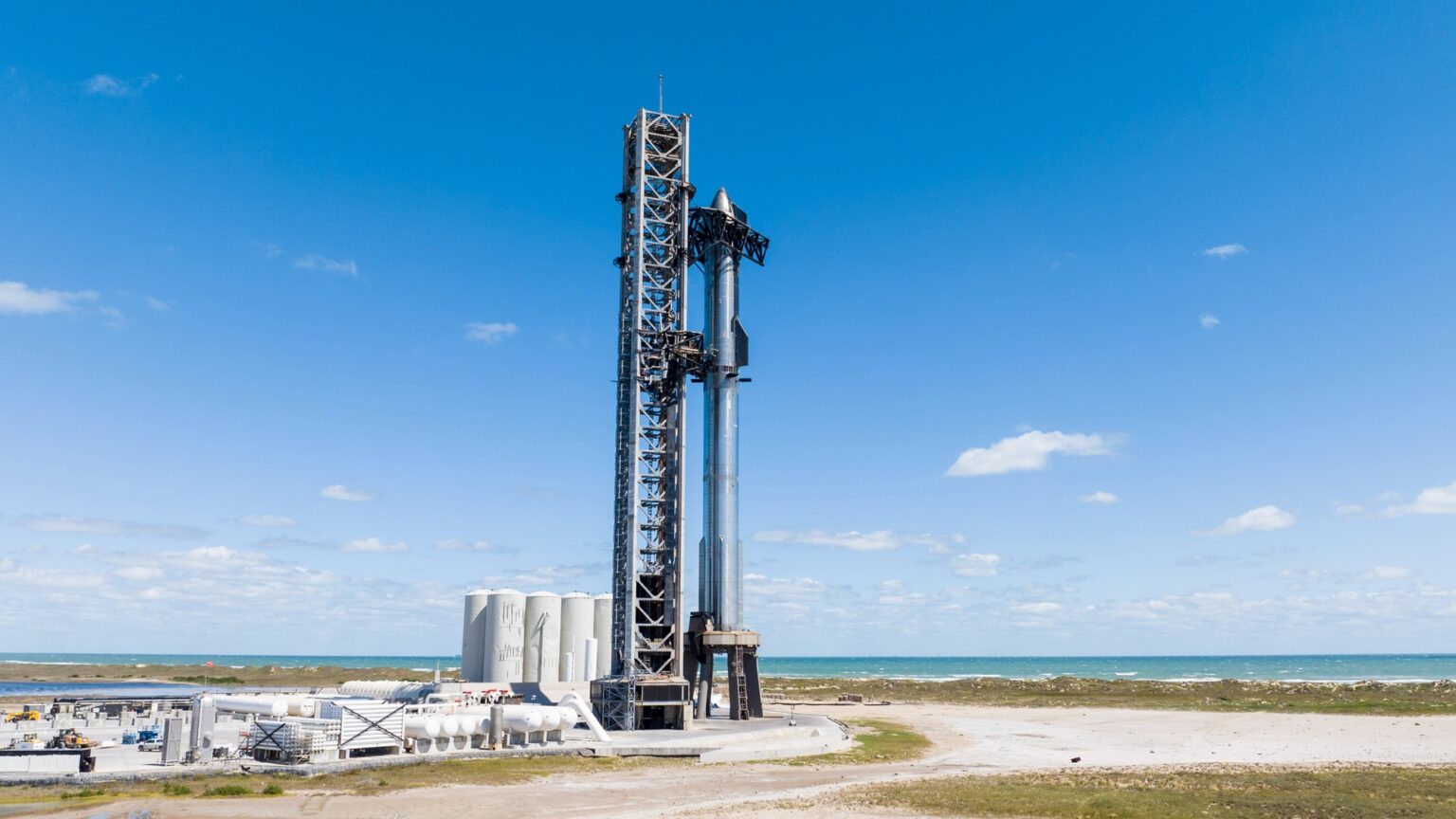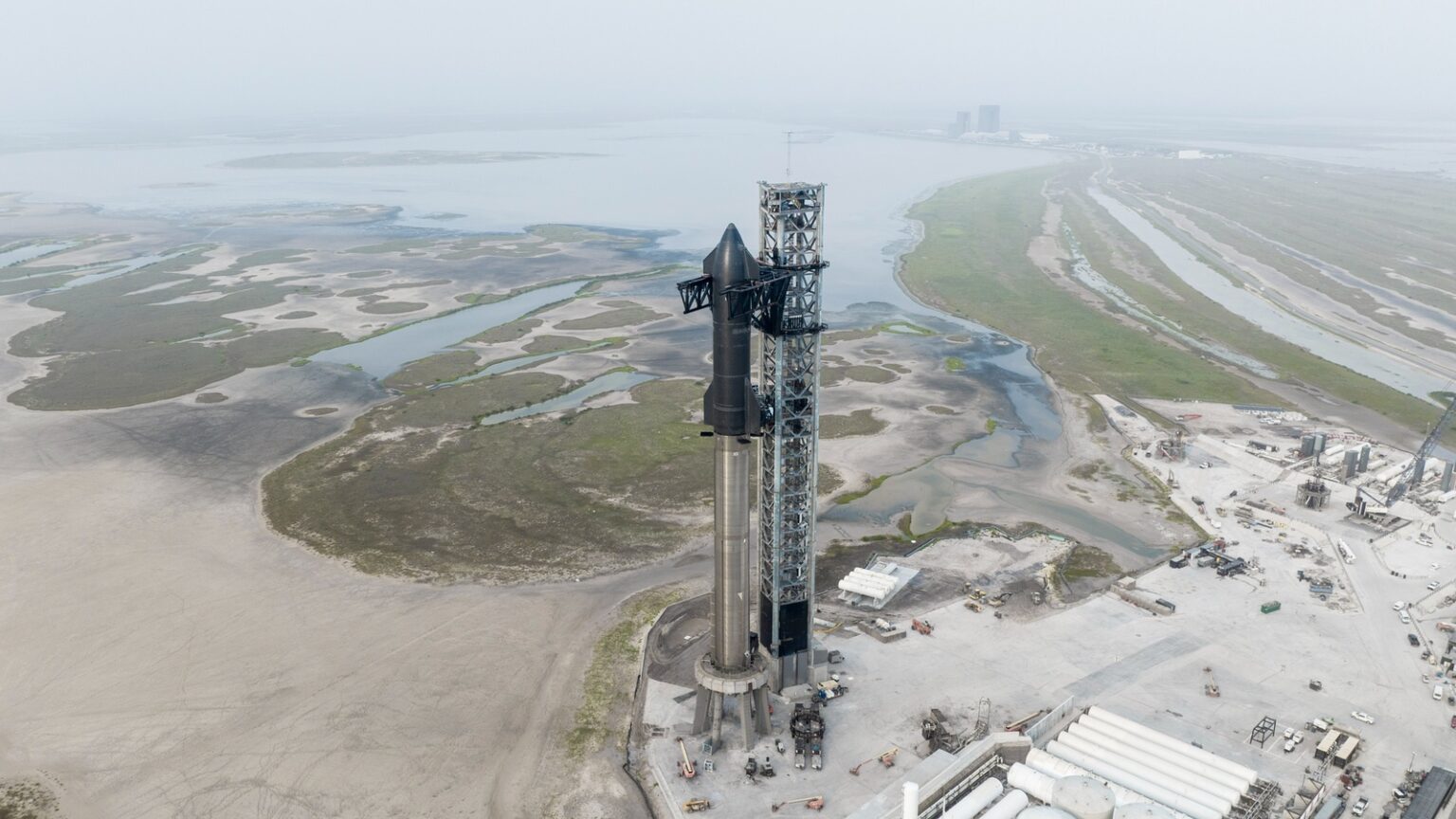SpaceX has successfully assembled a second Starship spacecraft with a booster, which is already waiting on the take-off pad for its next flight. The company has one last step left to launch: obtaining the long-awaited license. But SpaceX seems to be losing patience. According to information released by the media, the company calls on the US Federal Aviation Administration (FAA) to increase the efficiency of issuing licenses for space launches.

SpaceX’s representatives, at a meeting with the US Subcommittee on Space and Science, called on the FAA to double the staff responsible for issuing licenses for space launches. The company also proposes to create a priority for programs that are of national importance.
Bureaucracy is a brake on the development of private space companies
SpaceX has already successfully launched more than 70 rockets this year and has plans to increase this number by about 50% by 2024. However, representatives of the company express outrage that the FAA does not keep up with their growing production capacity and the increase in the number of launches by other private space companies.
SpaceX founder Elon Musk, who previously opposed tax increases for the rich, including space billionaires, now admits that additional government funding may lead to an acceleration of the development of the private space industry.
“With the flight rates that are increasing, with the other players that are coming on board, we see there’s potentially a big industry problem coming where the pace of government is not going to be able to keep up with the pace of development on the private-sector side,” said SpaceX executive William Gerstenmaier.
Investigation of the Starship accident
The FAA completed its investigation of the first Starship launch, which occurred on April 20, and provided SpaceX with a list of 63 recommendations to be followed before the next launch. These measures include changes to the spacecraft’s hardware to prevent leaks and fires, as well as modifications to the launch pad to increase its stability. After following these recommendations, SpaceX will probably be able to get a license for the next launch.

The first launch of Starship ended in an accident, and the rocket was forced to self-destruct four minutes after takeoff. The launch also damaged the launch pad and scattered debris around. Despite this failure, the company is preparing for the next launch of Starship.
SpaceX’s ambitious plans
The Starship is of great importance to Elon Musk’s space ambitions, including the launch of next-generation Starlink satellites and the landing of astronauts on the Moon as part of NASA’s Artemis program. And, of course, it is a key component of Elon Musk’s plans to colonize Mars.
SpaceX is known for its aggressive approach to rocket development and is willing to take risks in the development process. It looks like the company is now calling on the FAA to catch up with its growth rate.
The FAA is responding to this challenge by taking care primarily of public safety. SpaceX’s representatives note that their speed requirements do not jeopardize the safety of people on Earth, but regulation should correspond to the pace of development of the space industry.
Given the rapid development of the space industry, it is possible that the FAA will not be able to meet all the needs at the same time. SpaceX, on the other hand, is under pressure due to delays in the development of Starship, as NASA expresses outrage about the possible impact of these delays on the program of returning people to the Moon.
Earlier, we reported on how SpaceX made a profit of USD 55 million after two years of losses.
According to gizmodo.com
Follow us on Twitter to get the most interesting space news in time
https://twitter.com/ust_magazine

